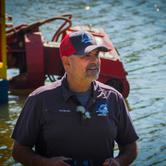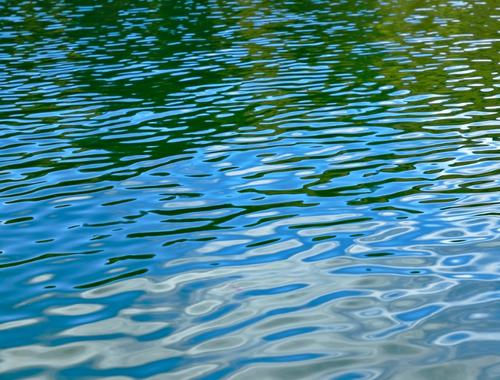Does Your HOA or Golf Course Pond Suffer from Emergent Weeds?
The plant life in your HOA or golf course pond contributes significantly to maintaining the health and balance of the ecosystem. Most species of common water weeds benefit the fish and other aquatic life that reside in the pond. However, when these weeds multiply and take over your body of water, they often have an adverse effect. Emergent weeds can choke the life out of your pond and set up a chain of events, creating massive algae blooms. We will examine a few types of emergent weeds and the benefits and detriments they can bring to any pond if they start to take over.
What Exactly Are Emergent Weeds?
While many different types of emergent weeds exist, they usually have a few things in common. They are rooted plants that live on or very near the shoreline. They typically have a stem that goes into the ground or bottom of the pond. They are rigid and can grow several feet high. While emergent weeds may look nice, they will harm your pond if uncontrolled.
Spikerush
Spikerush is a leafless plant that resembles tall grass. It has erect stems and black spikes at the very top. This emergent plant grows commonly in shallow areas in lakes and ponds throughout the U.S. Spikerush is good at stabilizing soil along the shorelines of ponds and lakes. However, keep an eye on the population as it can grow exponentially. When the area of spikerush gets too large, you can use an herbicide treatment to help keep it under control.
Cattails
Cattails can be found in almost every pond across the U.S. This common plant is defined by long, slender stalks with 1" broad flat leaves. At their tip is a seed pod that resembles a corn dog. They can establish their territory in up to four feet of water and grow up to ten feet tall! While they may look like beautiful water plants, cattails can severely limit visibility from the shoreline. Due to their lifecycle, cattails can eliminate shallow water areas critical for small crustaceans and fish. An infestation of cattails can trap organic matter, such as grass clippings, leaves, and dirt. Over time, the shallow areas are filled up with this organic sediment, and the pond starts to shrink both in size and shoreline area.
Creeping Water Primrose
This water plant is hard to spot—and when you finally do, it has already infested a good portion of your pond. Creeping water primrose grows entirely underwater and only makes an appearance on the surface in the summer months to bloom small white flowers. It grows in shallow water and has hollow stems attached to the red leaf. If left unchecked, it can limit the amount of oxygen in the water and completely cover the surface, making it look less like a pond and more like a backyard garden.
Purple Loosestrife
Purple Loosestrife is a beautiful plant characterized by its fuchsia-colored flowers, which bloom from June through late September. While it can add a splash of color to your pond, this plant is an invasive and noxious weed that cannot be moved or planted. Don't let Purple Loosestrife fool you. It's pretty when flowering; however, it's highly aggressive if left to its own devices. It will completely take over and kill off other plant species. If you encounter Purple Loosestrife in your pond, use Rodeo to kill it off and properly dispose of the plant, as just one clipping can cause the infestation to happen again.
Smartweed
Smartweed forms mats of green to brownish colors in the shallow areas of your pond. Most of the plant grows underwater and can attach itself to docks, rocks, or pond maintenance equipment such as aerators. When it comes time to flower in the summer, you'll notice a variety of colors, such as dark pink and white. This type of plant can emerge above the surface or grow entirely underwater, with only the flowers showing above the waterline.
Golf Course and HOA Pond Dredging Experts
At American Underwater Services, we specialize in dredging golf courses and HOA ponds. By removing the nutrient-rich muck at the bottom of your ponds, we can help slow the infestation of nuisance emergent plants. Maintaining an HOA pond or lake requires preventative maintenance to ensure that the body of water stays aesthetically pleasing and property values are high. If it has been a while since you had your pond or lake, call (817) 377-8512. We work nationwide and are ready to help. Contact us today. Our dredging services will help increase the life of your pond, remove foul smells, and remove the harmful nutrients that cause nuisance algae or plant outbreaks.





